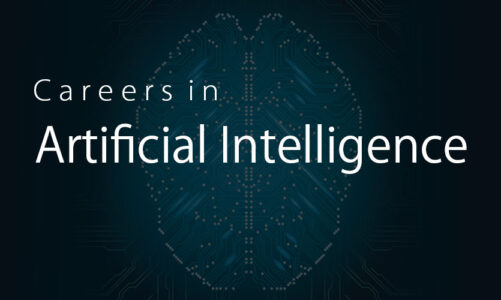In the data science industry, a graph or a chart gives away a thousand inferences that are worth more than what words could ever explain. In the growing space for business analytics dashboards that are marketed heavily as self-service automated business intelligence software tools, there has been a significant investment in the technologies related to Big Data. In fact, the big data intelligence market that directly feeds into data visualization platforms is worth billions of dollars, and big software companies are hiring top talent from India. Big Data visualization is a popular topic in big data training in Bangalore, and more and more professionals are specifically joining these online AI data science courses to gain better insights into how data visualization techniques actually work in the Big Data space.
In order to succeed in this prolific industry, it is important to have a sound understanding of data visualization and its relationship with Big Data techniques. In this article, we have highlighted the relationship between these two exemplary data science domains which can help you create a successful project during Big Data training in Bangalore.
How is Big Data defined in 2022?
Big Data definitions have more or less remained unchanged since they were first explained back in the early 2000s and 2010s. From a business perspective, big data has been scaled to such a level by 2021 that now it is impossible to separate big data, business analytics, AI development, and other industrial operations that are critical to performing any business activity. In 2022, big data is largely defined as a coordinated ecosystem of structured, unstructured, and semi-structured raw information that is accumulated from different sources, and fed into warehouses and data lakes for further refining and analysis.
There are many different types of big data technologies and these all line up in sequence to initiate various data operations (Data Ops) as part of data storage, data mining, data analytics, data visualization, and reporting.
In Big Data training projects, a large number of companies from healthcare, pharma, media, insurance, retail and e-commerce, and mobile telecom industries participate to spur innovations in the most economical aspects for driving digital transformation. Data visualization, powered by newer capabilities in Artificial Intelligence (AI), Predictive Analytics, Intelligent automation, augmented intelligence, and Information security, could seemingly drive the next era of growth and industrialization using futuristic Cloud modernization architecture. That’s where big data training in Bangalore is also heading to — tying together Big Data, visualization, and Cloud computing in one powerful workflow.
Recent developments in the programming languages and cloud computing benchmarks have unfurled a new kind of data visualization trend, particularly for data analytics teams working in the self-service departments and contact centers. These teams are particularly focused on tying together business and customer data from CRMs, landing pages on the website, Google Analytics, Social media intelligence tools, and messenger platforms, to build an advanced layout of data driven reports showing co-relationships and hidden patterns between related and unrelated factors that could possibly have a referential impact on the outcome of any decision taken during the course of the project.
In 2022, industry leaders in the data intelligence organizations postulate that data centers would become more powerful when it comes to ensuring sustainability amid volatile global scenarios, including those brought upon by a pandemic or a geo-political conflict involving the USA, Canada, Russia, European Union, China, and India. To stay future-proof, organizations are tapping top talent from big data training in India that could possibly open up new avenues for spotting trends using large volumes and varieties of data from spreadsheets, CRMs, numerical tables, etc.
But that’s not what all is brewing for the past few months. There is more to establishing data visualization at the spearhead of big data innovations. It’s called democratization and open sourcing of big data outcomes to exact the price of AI, Machine Learning, and computing capabilities for the larger good of mankind. Industry leaders are vouching for a standardized, decentralized framework for big data training that would allow every developer and data ops team to present data to others in the community in a more transparent and reliable manner. That’s because, open reporting of data visualization outcomes could help improve communication between various stakeholders involved in the business, including investors and competitors. Understanding big data and visualization as a single standalone framework would bring about a revolution that helps governance, compliance, and privacy guidelines to prevail over the capitalistic objectives of tech behemoths.



